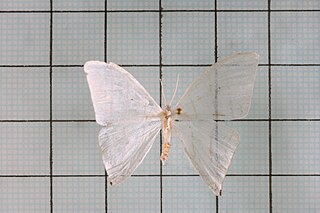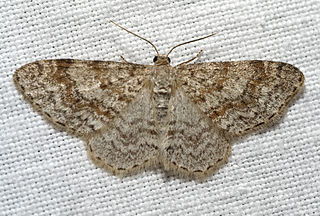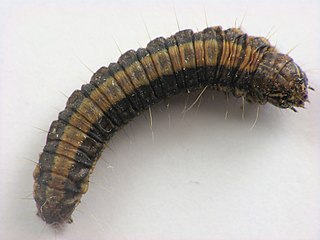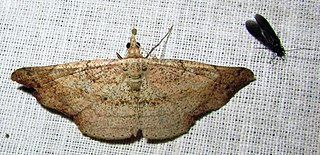
Amphipyra is a genus of moths. It is the only genus remaining in the subfamily Amphipyrinae, the others having been removed, e.g., to the Hadeninae.

Omiodes is a moth genus in the family Crambidae. Several species are endemic to Hawaii.

Notarcha is a genus of moths of the family Crambidae described by Edward Meyrick in 1884.

Pycnarmon is a genus of moths of the family Crambidae described by Julius Lederer in 1863.

Patania is a genus of moths of the family Crambidae described by Moore in 1888.

Synclera is a genus of moths of the family Crambidae described by Julius Lederer in 1863.

Samea is a genus of moths of the family Crambidae described by Achille Guenée in 1854.

Sameodes is a genus of moths of the family Crambidae described by Snellen in 1880.

Perizoma is a genus in the geometer moth family (Geometridae). It is the type genus of tribe Perizomini in subfamily Larentiinae. The tribe is considered monotypic by those who include the genera Gagitodes, Martania and Mesotype in Perizoma. Some other less closely related species formerly placed here are now elsewhere in the Larentiinae, e.g. in Entephria of the tribe Larentiini.

Ditrigona is a genus of moths belonging to the subfamily Drepaninae. The genus was described by Moore in 1888.

Asthenini is a tribe of geometer moths under subfamily Larentiinae first described by Warren in 1893. The tribe has been combined with Eupitheciini in the past, most notably by Jeremy Daniel Holloway in his work The Moths of Borneo.

The Epipaschiinae are a subfamily of snout moths. Almost 600 species are known today, which are found mainly in the tropics and subtropics. Some occur in temperate regions, but the subfamily is apparently completely absent from Europe, at least as native species. A few Epipaschiinae are crop pests that may occasionally become economically significant.

Habrosyne is a genus of moths belonging to the family Drepanidae. It was first described by Jacob Hübner in 1816.

Rhagoba octomaculalis is a moth in the family Crambidae. It was described by Moore in 1867. It is found in India.

Ozola minor is a moth of the family Geometridae first described by Moore in 1888. It is found in Sri Lanka, India, the Andaman Islands, Sumatra, Borneo, the Philippines and Sulawesi.
Sauris lineosa is a moth of the family Geometridae first described by Moore in 1888. It is found in India and Sri Lanka.

Sauris interruptata is a moth of the family Geometridae first described by Moore in 1888. It is found in India's north-east Himalayas, Sri Lanka, the Ryukyu Islands, Taiwan, Myanmar, Peninsular Malaysia, Borneo, the Philippines, and possibly the Moluccas and New Guinea.
Hypolamprus angulalis is a moth of the family Thyrididae first described by Moore in 1888. It is found in Malaysia, Myanmar and Sri Lanka.
Nola angulata is a moth of the family Nolidae first described by Moore in 1888. It is found in India and Sri Lanka.

Margaroniini is a tribe of the species-rich subfamily Spilomelinae in the pyraloid moth family Crambidae. The tribe was erected by Charles Swinhoe and Everard Charles Cotes in 1889.

















